two men vying for her affections. In the middle of the 14th century, Joan of Kent, a beautiful and charming princess, had
much the same trouble.
rights lawyer, Joan's suitors are Thomas Holland, a knight of the royal household, and William Montague, son and heir of an Earl.
Joan of Kent is thought to have been born towards the end of September 1328, she grew up to be, as described by Jean Froissart
“The most beautiful woman in all the realm of England”
Joan was the daughter of Edmund of Woodstock and Margaret Wake, so beautiful was she that she came to the attention of Thomas Holland who persuaded her to marry him. A year after her marriage to Holland, Joan was forced into a marriage with William Montague. The following nine years saw much squabbling over poor Joan but eventually, with the intervention of the Pope, her marriage to Montague was annulled.
A third man with his eye on the beautiful Joan was Edward, the Black Prince who Joan married after Holland's death in 1361. The prince would predecease his father and their son Richard would become Richard II.
"Joan's name was much associated with scandal, apart from her clandestine marriages. She was said to be the woman
raped by King Edward III after the siege at Wark in 1341 even though she was only thirteen years old at that time. She was also the lady whose garter Edward rescued, which was to become the insignia of the Order of the Garter, as shown in
this early twentieth century painting. There is no evidence of truth here. Joan's name was not associated with these
events until the 1500s."
Joan died in 1385, she requested to be buried alongside her first husband in Church of the Grey Friars in Stamford in Lincolnshire where she was interred on the 27th January 1386 in a
'sumptuous chapel recently built next to the choir'.
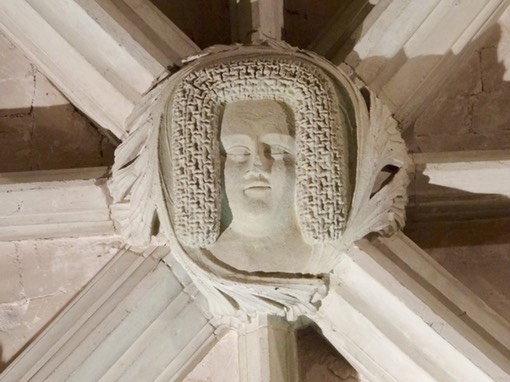
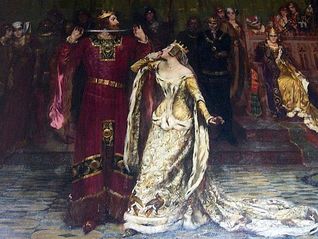
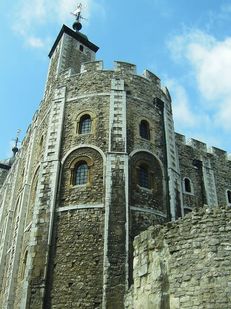
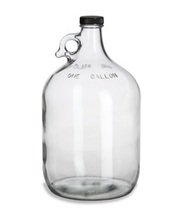
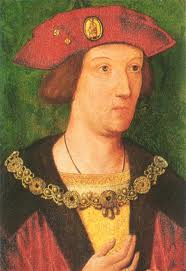
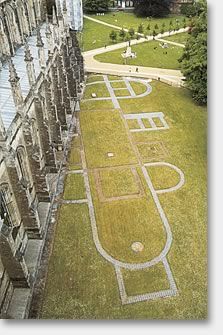
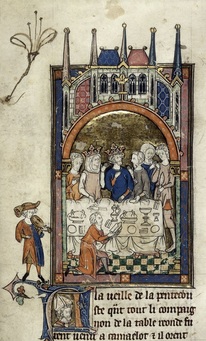
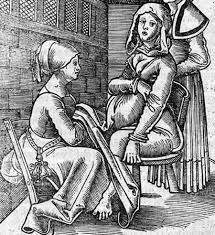
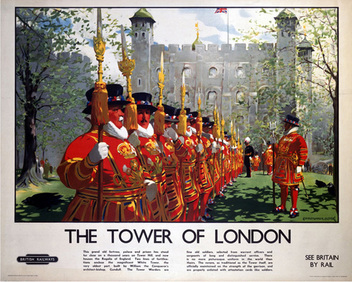
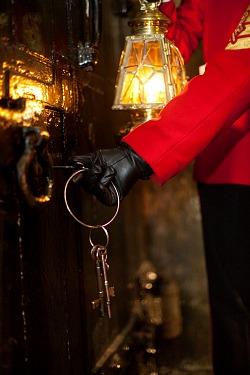
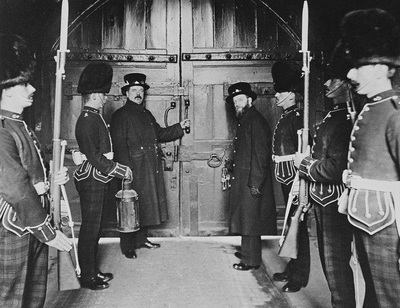
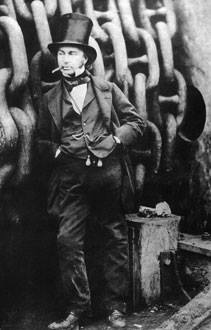
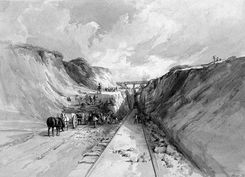

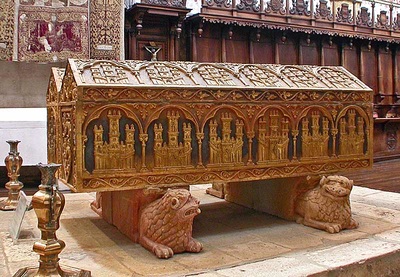
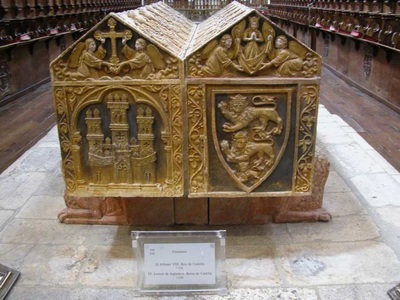

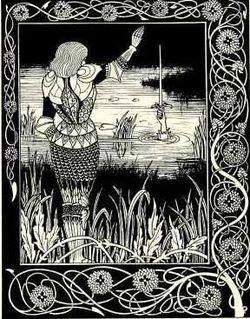
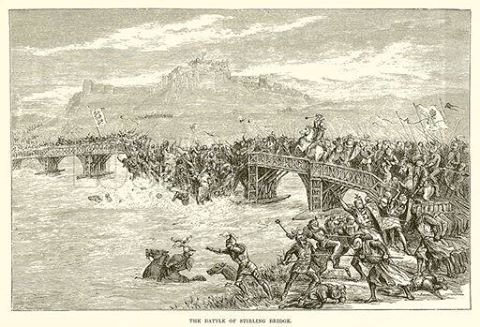
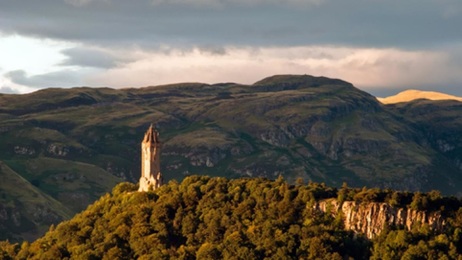
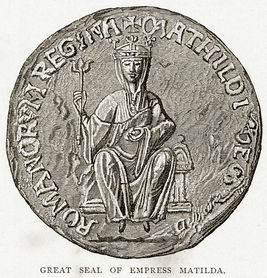
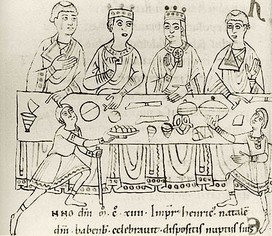
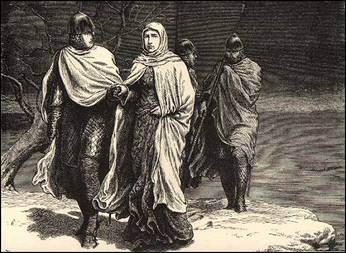

 RSS Feed
RSS Feed
